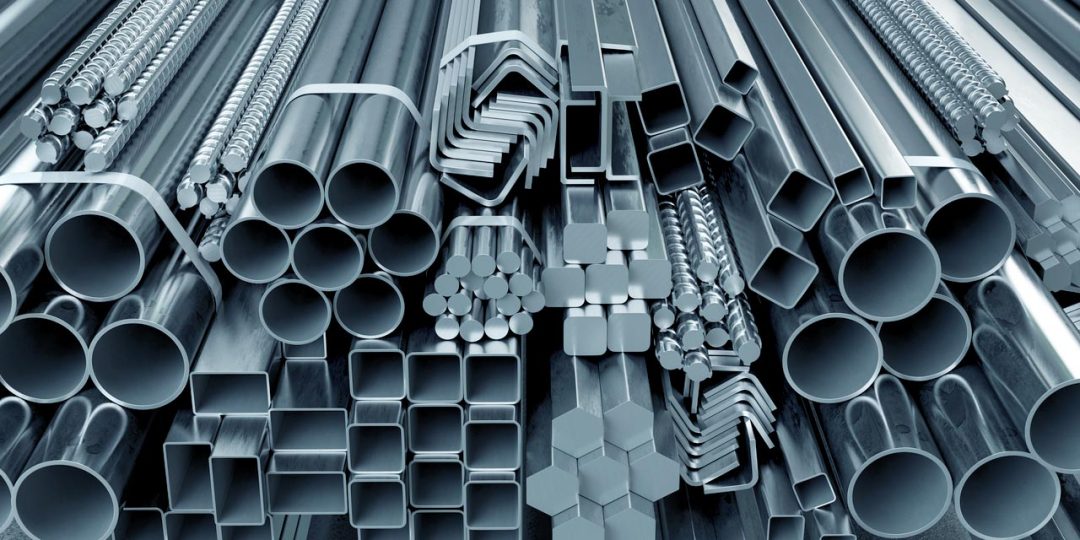Welding Aluminium to Steel
Welding aluminium to steel poses unique challenges due to the significant differences in their physical and metallurgical properties. Combining these dissimilar metals requires careful consideration to achieve reliable and durable joints. In this article, we will explore the difficulties encountered when welding aluminium to steel, discuss the associated metallurgical issues, and provide techniques and strategies for successfully joining these dissimilar materials.
Challenges when Welding Aluminium to Steel:
Metallurgical Incompatibility:
- Aluminium and steel have distinct melting points, thermal conductivities, and coefficients of thermal expansion. This creates challenges in maintaining a balanced heat input and preventing excessive heat transfer to either material.
- The formation of brittle intermetallic compounds, such as FeAl3 and Fe2Al5, can occur at the aluminium-steel interface during welding. These compounds can lead to reduced joint strength and increased susceptibility to cracking.
Material Compatibility:
- Aluminium and steel have different mechanical properties, including yield strength and elongation. Achieving a weld joint that balances these properties is crucial for the overall strength and performance of the joint.
- The difference in corrosion behavior between aluminium and steel can result in galvanic corrosion at the joint interface, leading to accelerated deterioration and compromised joint integrity.
Solutions for Welding Aluminium to Steel:
Proper Joint Preparation:
- Thorough cleaning and removal of surface contaminants, such as oxides, oils, and dirt, is essential to ensure good fusion and minimize the risk of interfacial defects.
- Proper joint design, including gap control and edge preparation, helps optimize heat distribution and reduces the formation of brittle intermetallic compounds.
Selection of Welding Technique:
- Use of a suitable welding technique, such as friction stir welding (FSW) or laser welding, can mitigate some of the challenges associated with welding aluminium to steel. These techniques provide better control over heat input and minimize the formation of intermetallic compounds.
Intermetallic Formation Mitigation:
- Minimizing the formation of brittle intermetallic compounds is crucial for achieving strong and durable joints. Techniques such as interlayer and buffer material usage, process parameter optimization, and post-weld heat treatment can help reduce intermetallic formation.
- Incorporating an intermediate layer, such as zinc or copper, between the aluminium and steel surfaces can act as a diffusion barrier, preventing direct contact and reducing the intermetallic reaction.
Selection of Filler Material:
- Choosing a compatible filler material that provides good wetting and bonding between aluminium and steel is crucial for achieving a reliable joint. Specialized filler materials, such as aluminium-silicon (Al-Si) alloys or aluminium-zinc (Al-Zn) alloys, are commonly used for welding aluminium to steel.
Galvanic Corrosion Prevention:
- To mitigate galvanic corrosion, the joint can be protected by applying coatings, such as zinc-based coatings, to the steel surface. This helps provide a sacrificial layer and minimizes the direct contact between aluminium and steel.
Welding aluminium to steel presents challenges due to the metallurgical incompatibility and differences in material properties.
Understanding the associated difficulties and implementing appropriate solutions are crucial for achieving reliable and durable joints between these dissimilar metals. Proper joint preparation, selection of suitable welding techniques, intermetallic formation mitigation strategies, careful filler material selection, and prevention of galvanic corrosion are key factors in successfully welding aluminium to steel.
By following these guidelines, fabricators can overcome the challenges and produce high-quality joints that meet the strength, integrity, and performance requirements of the application.






